Explore sweet pastries from around the world, like French canelés and Greco-Turk lokma, in this delicious journey by Cadbury Desserts Corner
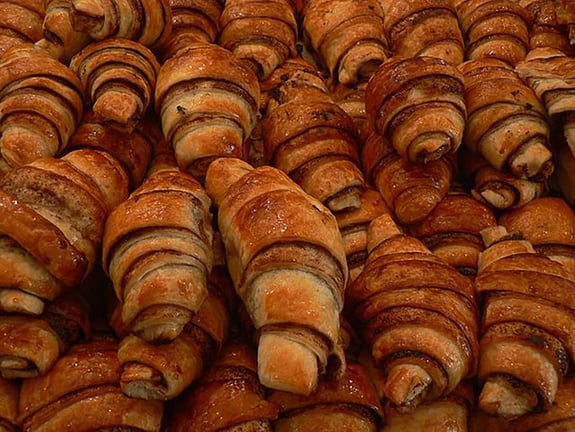
Pastries rank among the world's most popular dessert categories. Baked or fried, filled or not, they appear on breakfast plates, holiday buffets, and street stalls in many societies. But what we mean by "pastry" in this context is not soft sponge cake or cream-filled gateaux. We’re talking about the golden, crisp, and sometimes syrup-soaked treats that are passed down through generations — like the French canelés and Turkish lokma.
These sweet treats are all sizes and shapes, coils, balls, buns, puffs, and braids — and hold secrets of the individuals who originally created them. From plain kitchen essentials such as sugar and flour, phenomenal desserts have been created, many of which have their roots in cultural practices, religious occasions, or family traditions.
This peice will take you on a tour of some of Europe, the Middle East, and the world's most renowned pastries recipes. You'll learn the classic sweet pastries recipes of Jewish rugelach, Polish faworki, and the French airy chouquettes. You'll see how locals use them, how they eat them, and why they continue to be so popular.So, let's go on a journey of these foreign dessert pastries, one by one.
Rugelach
Rugelach is a classic Jewish pastry and one typically prepared for special holidays such as Hanukkah. It originated among the Ashkenazi Jewish communities of Eastern Europe, and it's one of those sweet pastries that immediately add comfort to the table.
What makes rugelach stand out is its distinctive shape, rolled into crescent moons or formed like a strudel and then cut before baking. The dough is usually prepared with butter or cream cheese, which leaves a slightly tangy aftertaste. Though not always so, cream cheese has become a staple ingredient in most contemporary versions, particularly in American-Jewish homes.
Lokma
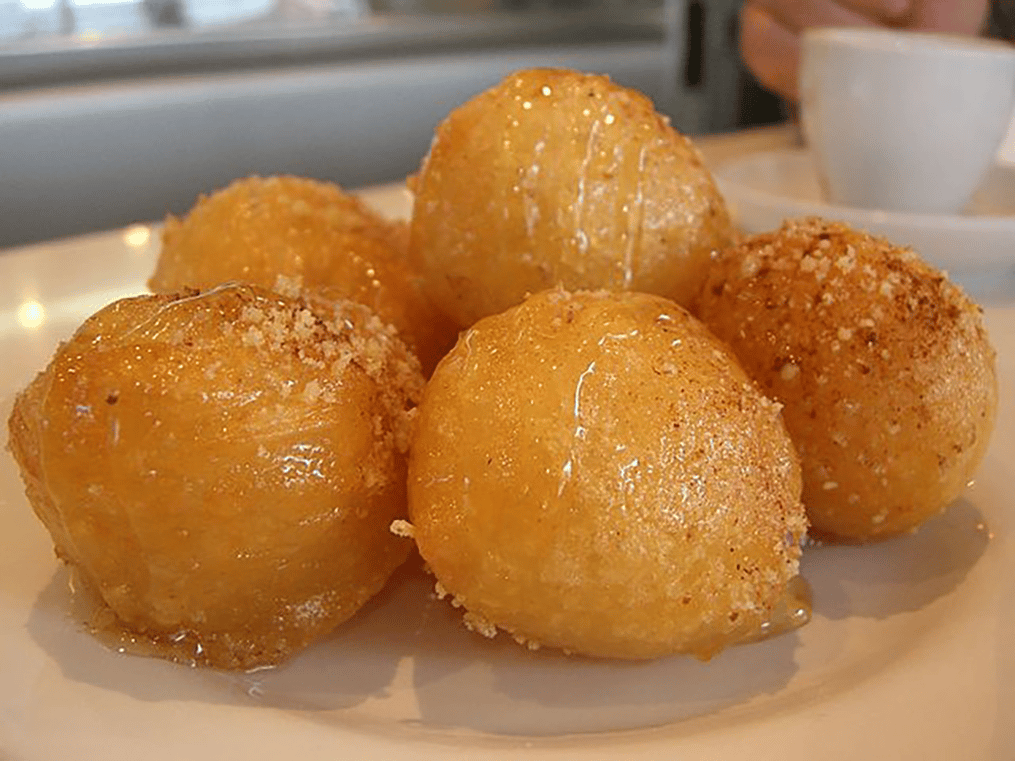
Turkish lokma is among the oldest known pastries worldwide. Its Arabic-derived name, luqma, translates as "mouthful" — appropriate for the bite-sized golden dough balls fried to perfection. Locals also call them loukoumades in Greece and luqaimat in regions of the Middle East, but all go by lokma as a sweet tradition that has been passed down for centuries.
The process is straightforward: flour, yeast, sugar, and water are mixed into a smooth batter. The batter is then spooned into hot oil, where it puffs and browns. Then, these small balls are soon immersed in a syrup prepared from sugar or honey, sometimes infused with rose water or citrus flavoring. Crispy on the outside, syrupy in the middle, light, sweet, and satisfying.
There is much controversy surrounding the origin of lokma. Some believe it began in the Grecian Olympic Games, where they used to offer them as edible medals to victors. Others claim it has an Arabic origin. Whatever the case, French canelés and Turkish lokma both share the purity of local pastry-making.
Canelé
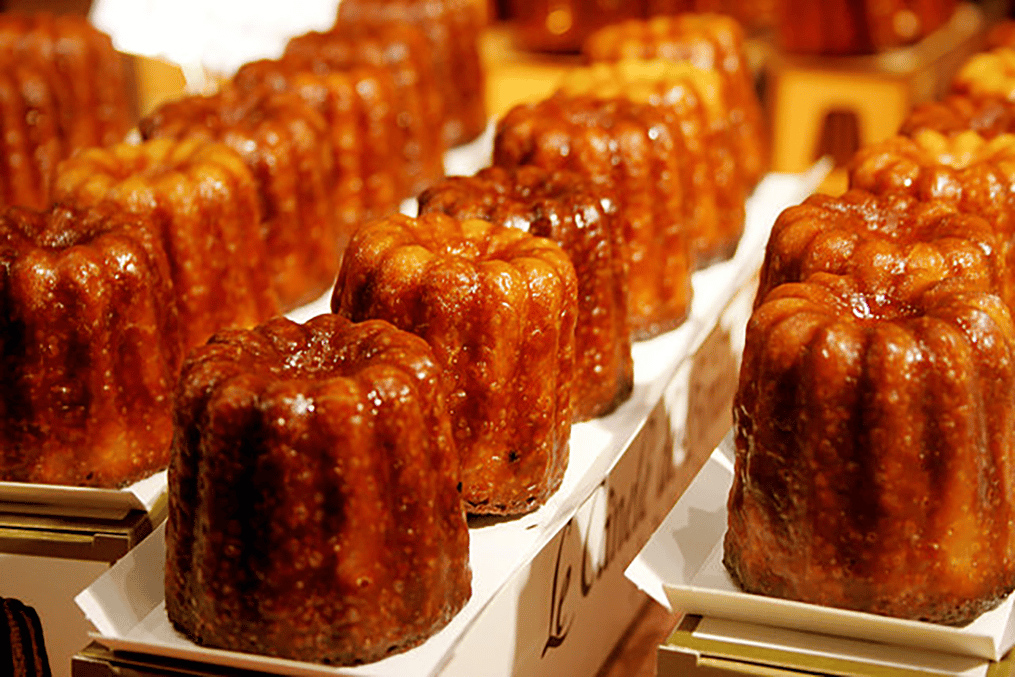
The canelé of France, alternately spelled cannelé, is a pastry with an history and a face that is difficult to forget. Originating from Bordeaux in south-west France, this tiny pastry is baked in a small fluted mold, which creates its distinctive ridged shape. It has a dark, crunchy outside and a rich, moist interior, due to the batter that contains eggs, sugar, flour, butter, and a good splash of rum and vanilla.
By legend, canelés were first made by Bordeaux nuns in the 18th century. They baked sweet pastries for the poor using donated egg yolks that remained after winemakers had used the whites to clarify wine. Sometime later, Bordeaux bakers brought back the recipe in the 1800s and its appearance and flavor to which we are accustomed.
Faworki
Poland's faworki, often known as angel wings, are delicate pastries that are as fun to make as they are to eat. Traditionally prepared for Fat Thursday (a feast day before Lent begins), they are twisted ribbons of dough that puff up and crisp as they fry. The name ‘faworki’ comes from the French word faveur, meaning ribbon or favor — a nod to their elegant shape.
The dough consists of eggs, cream, flour, and a dash of liquor such as vodka or rum, which assists in producing air bubbles when frying. Roll the dough out paper thin, then cut it into strips, twist into bows or knots, and fry deep until pale golden. When cool, dust with icing sugar to impart a pretty snowy coating.
Faworki are a carnival tradition throughout Poland, Lithuania, and Hungary and are typically accompanied by a glass of coffee or hot milk. Unlike most contemporary desserts, they do not depend on heavy fillings or frostings. Their appeal is actually in their simplicity and crunchy bite.
Chouquettes
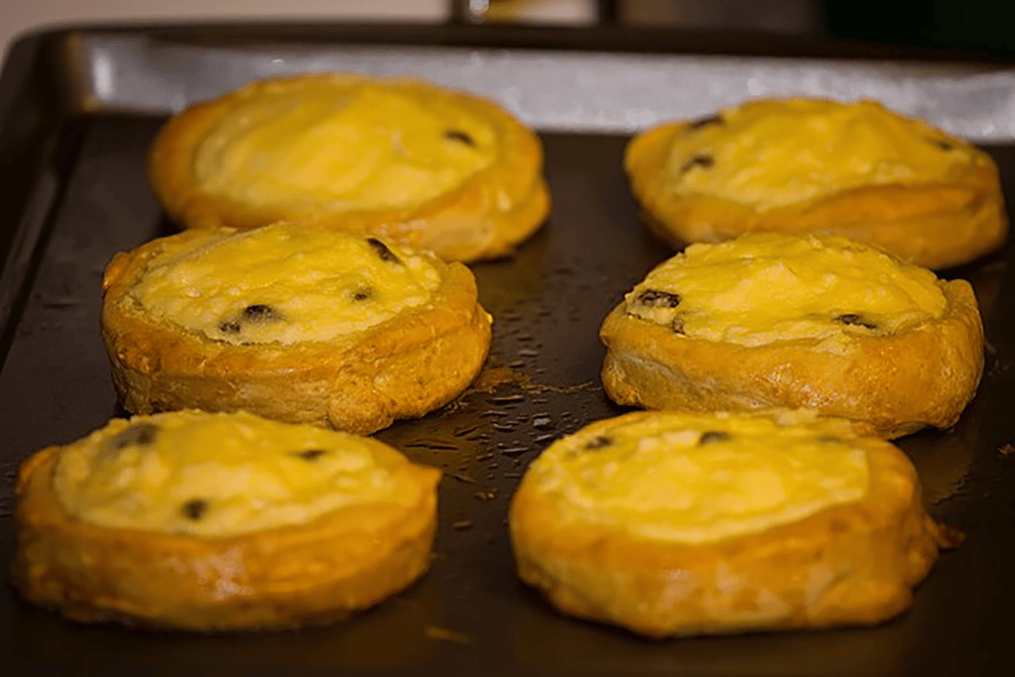
No visit to any French boulangerie is complete without purchasing a bag of chouquettes — small puffs of choux pastry generously sprinkled with sugar pearls. The light pastries are baked until golden, producing a faintly crunchy shell that perfectly contrasts with the soft interior.
Prepared from the same basic dough as profiteroles and éclairs (known as pâte à choux), chouquettes are not filled, so they're more delicate and ideal for snacking. What bestows them with their personality is the sugar on top — coarse, crunchy, and often partially melted into the pastry when baked.
Chouquettes are a familiar feature of French life, particularly at breakfast or afternoon tea. Children munch on them as a snack from school, and adults have them with a hot espresso. So seemingly fancy, but chouquettes are actually one of the easier famous pastries recipes to get right and are usually the first choux pastry recipe that newbie bakers are introduced to.
Vanilla Slice
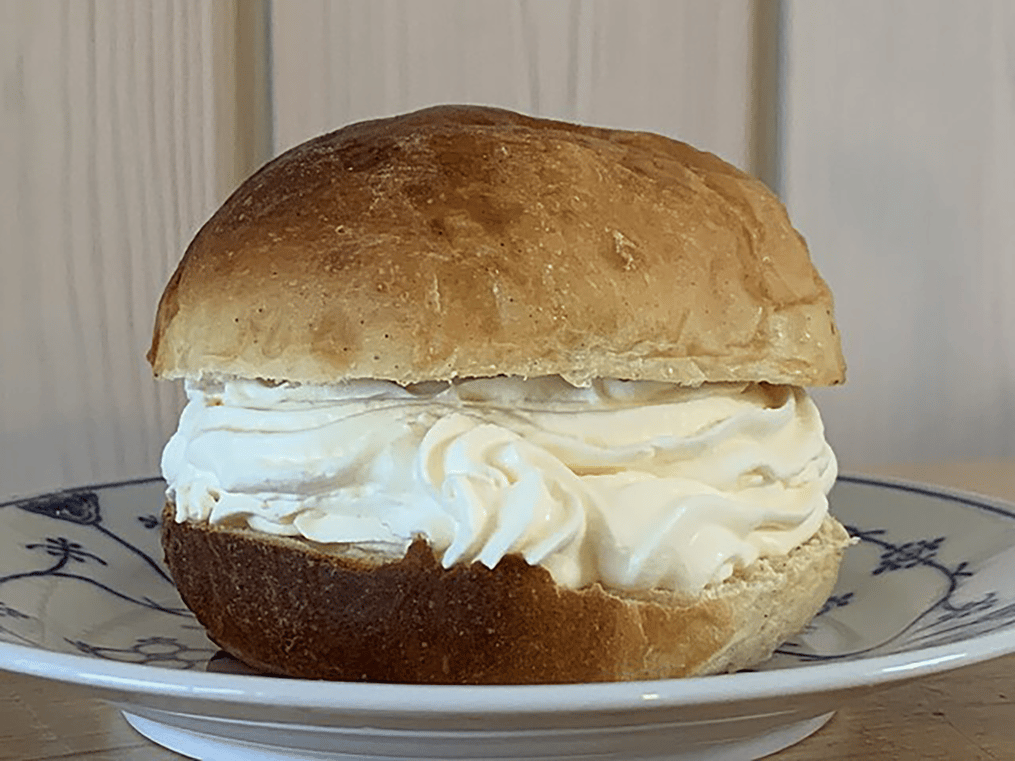
A classic Aussie dessert, the vanilla slice is sometimes referred to as the Southern Hemisphere equivalent of France's mille-feuille. But down under, it's a character in its own right, and even sporting a funny nickname: the "snot block" (thanks to the jiggly custard).
This dessert is constructed by stacking thick custard of vanilla between thin layers of crunchy puff pastry. When chilled and set, the surface is topped with icing — traditional vanilla or in more fruity variations such as raspberry or passionfruit. Cut into squares, the slice retains its shape beautifully.
It's particularly favored in local bakeries, and competitions are fought out to title the finest version annually at events such as the Great Australian Vanilla Slice Triumph. While basic in form, the ideal vanilla slice needs to be balanced, the custard should be sufficiently thick to be held together, but thin enough to dissolve in the mouth.
Like This Article?
More Like This
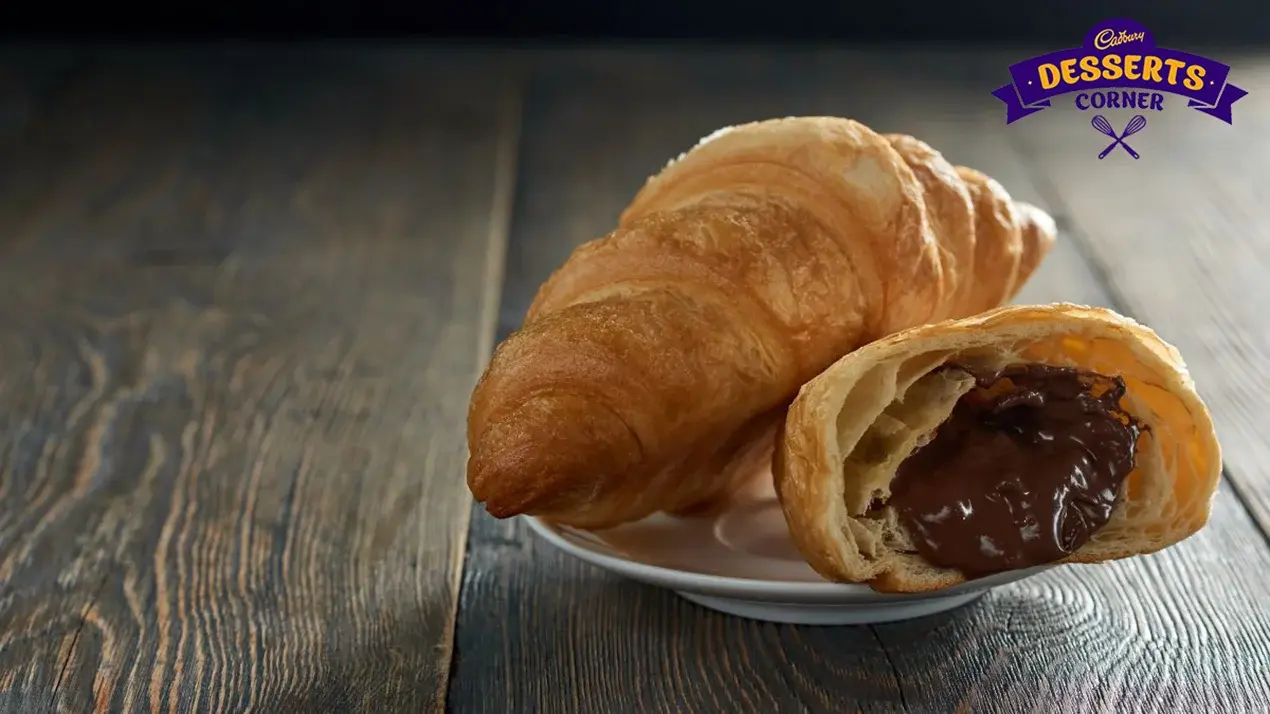
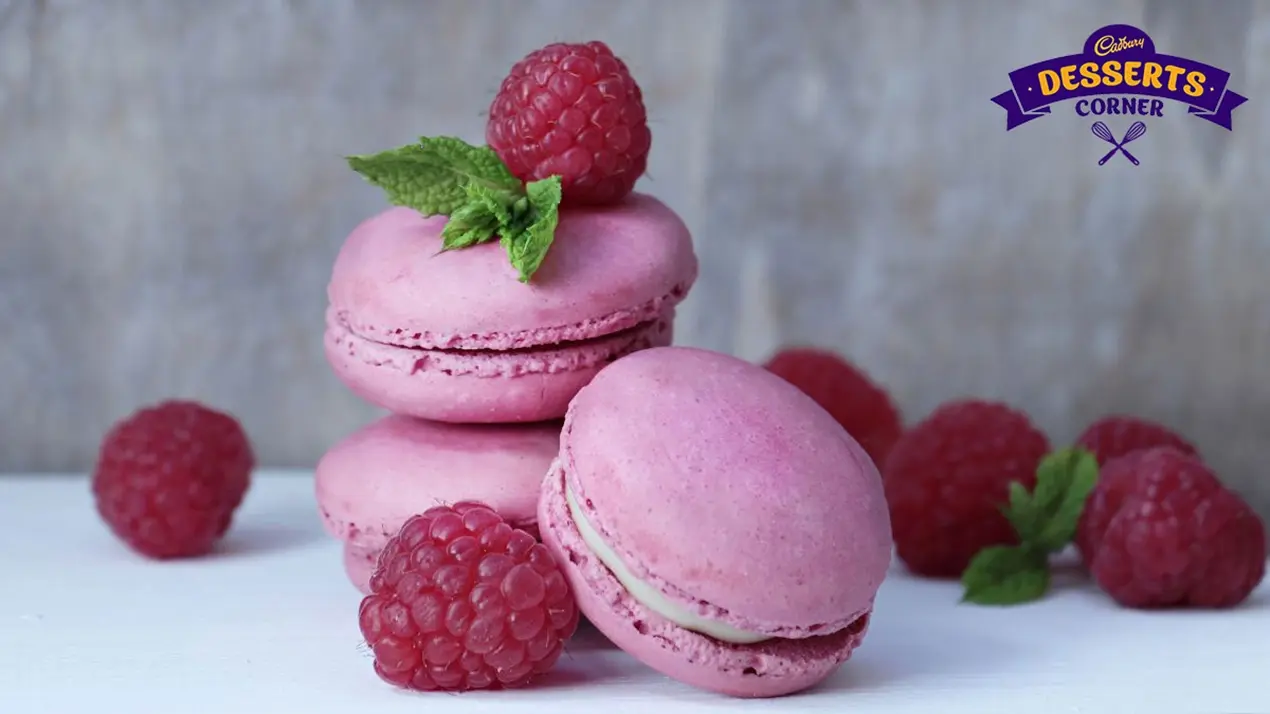


Popular Articles





Trending Web Stories
Curated Recipes


















